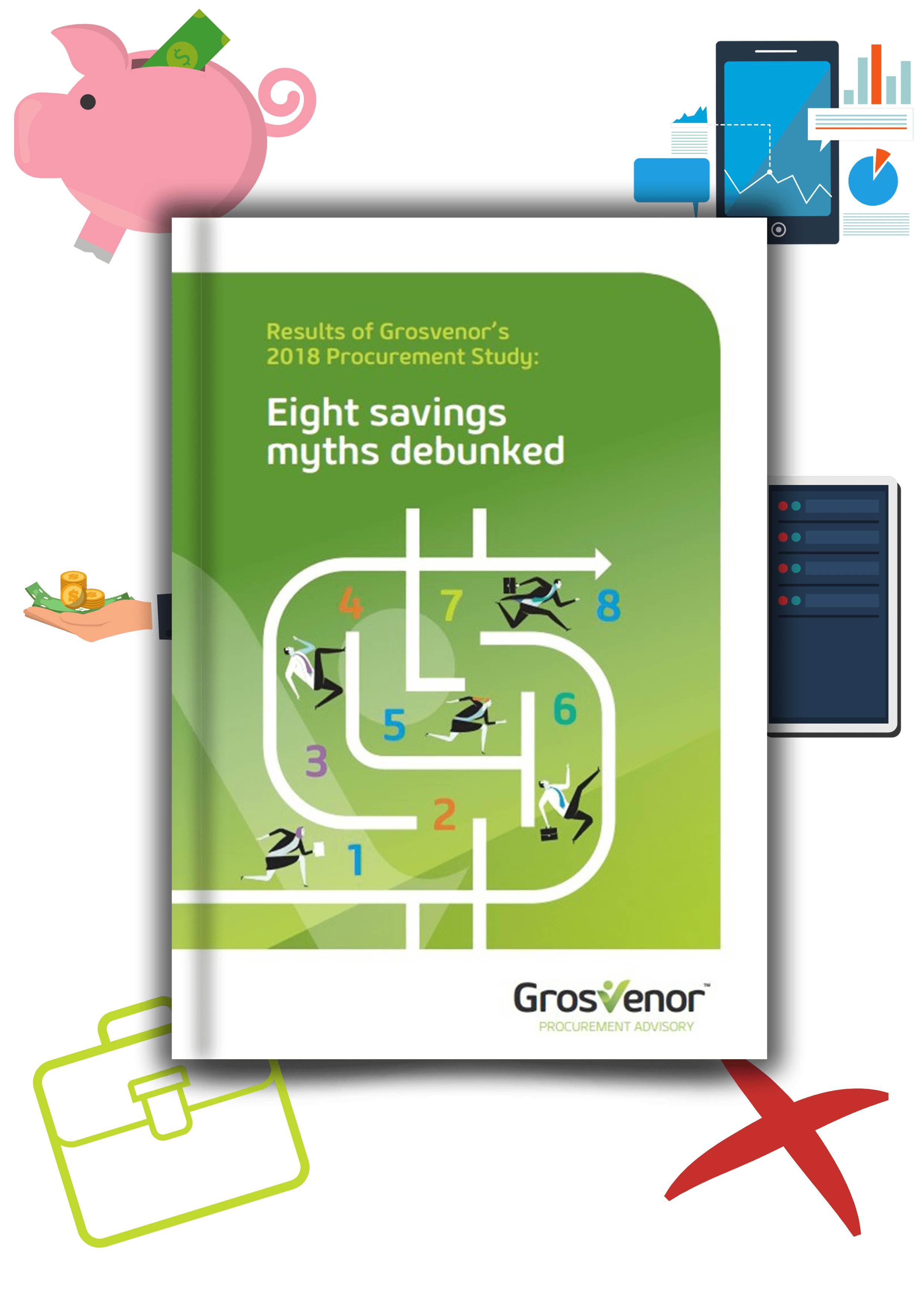Eight steps to drive more savings

Do you maximise your savings across your suppliers?
How do you know which contract to tackle next?
Proactive procurement teams know where their next big opportunity lies to deliver the savings the CFO and the business demand. These teams are then able to demonstrate their real value to the business, rather than being a task taker that actions the procurement requests made by others. Needless to say, that this value extends beyond the savings delivered and includes non-financial benefits as well.
So, how do you prioritise your supply base and identify where the biggest savings potentials are?
To find out, you want to ask a series of questions. We would typically look at the suppliers with which your business spends 80% of the money. This would probably be a group of 20 to 40 suppliers. For each you would want to answer the following eight questions. It’s highly likely that you will need to ask the key users of the services/goods in your business to find some of the answers.
1. Is a single supplier delivering these services across all business units?
If the answer is ‘no’ then you have just discovered a savings potential through aggregation of spend into a single contract.
The information needed to answer the question will likely come from your spend analysis. And if not, the finance department will have the spend per business unit available for you.
2. Will you be buying more/less/the same amount of this service going forward?
If the answer is that your demand will likely change, then you have just discovered a savings potential through leveraging additional buying power and actively managing demand (we call this the Buy Less spend lever).
The answer to this question will likely come from your business stakeholders.
3. How important do you think your business is to this supplier?
If you are a critical customer for the supplier, then you have just discovered a savings potential through leveraging your relative buying power compared to other customers of this supplier.
Desktop research into the annual report of the supplier will give you some insights. Alternatively, you can always ask the supplier directly or get the opinion from your business stakeholders, who usually know the market place quite well.
4. Do you know if this supplier was chosen through a competitive quoting or tender process?
If the last competitive process was more than 3 years ago, then you have just discovered a savings potential. A lot happens within three years: new suppliers have started operating, others ceased to exist, new products and services are available, etc.
5. Are there many other suppliers that could also supply these services?
If there is a reasonable number of alternative suppliers, then you have just discovered a savings potential through tapping into a competitive market.
A simple internet search could help, and many industries publish market research reports that answer this question. Also, your business stakeholders have typically worked with alternative suppliers previously, including when working for other companies.
6. How would you rank the performance of this supplier on a scale from 1 to 5?
If the answer is anything less than 3 out of 5, then you have just discovered a savings potential through avoiding paying for premium services that aren’t being delivered to the standard you could expect. Going to market often yields better financial and operational results when engaging a new supplier.
In many businesses, this information is not available at a fingertip. But stakeholders in your business will be able to quickly answer this question.
7. Would you describe the goods/services you receive from this supplier as “fit for purpose” or “gold-plated”?
We call this the ‘Buy Cheaper’ spend lever. If your answer is at least ‘somewhat gold-plated’ then you have just discovered a savings potential through substituting the good/services with a fit for purpose approach. It’s the notion of home brands in supermarkets and works exceptionally well, especially in indirect categories.
Again, a question for your stakeholders. Beware that they often prefer the gold-plated solution. If this is the case, you would want to clearly understand why they do so.
8. How often do we buy from this supplier?
Finally, you want to know how often you are buying from the supplier. If you are a regular buyer, you have just discovered a savings potential through streamlining back-office processes, including the purchase order and invoicing process (P2P process), freight, call-out fees, etc.
This information is again likely to come from your finance system or you spend analysis.








